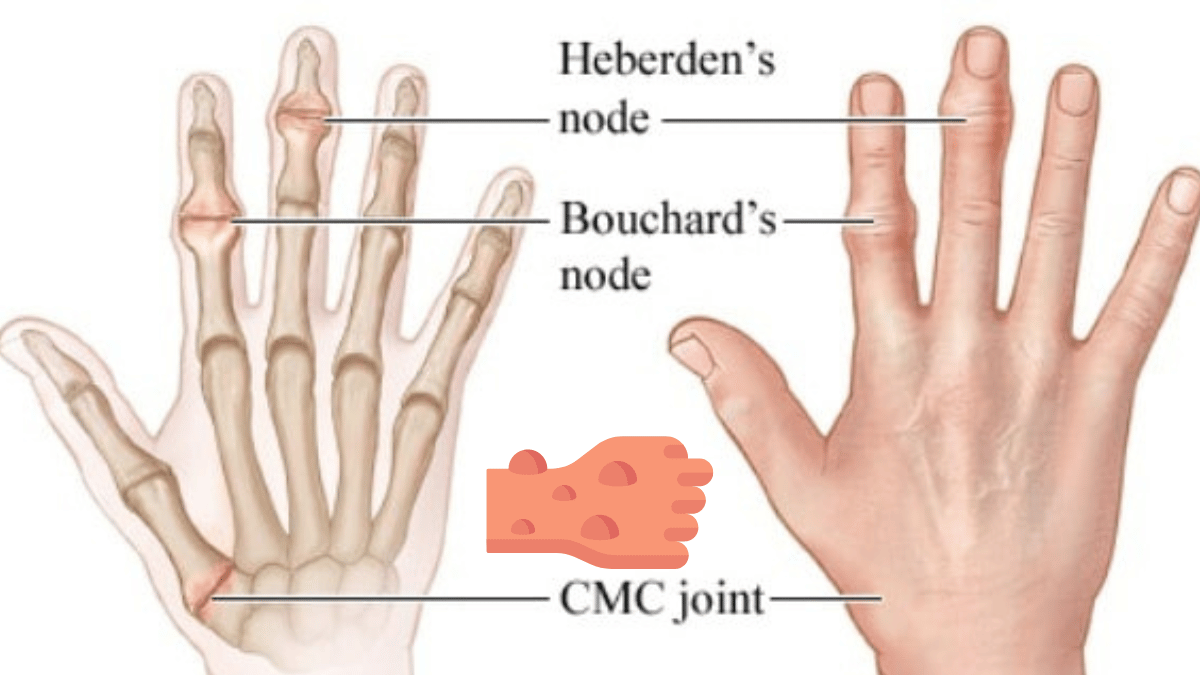What is Brain Trauma?
Brain trauma, often referred to as traumatic brain injury (TBI), encompasses a range of injuries that result from external forces impacting the brain. This condition can arise from various situations, including falls, vehicle accidents, sports injuries, and violence.
When the brain experiences trauma, it can disrupt normal functioning, leading to a myriad of physical, cognitive, and emotional consequences. The severity of brain trauma can range from mild concussions to severe injuries that can result in long-term disability or even death.
Definition of Brain Trauma
Brain trauma is specifically defined as any injury that alters the normal functioning of the brain. This can manifest as either a closed or an open injury. A closed injury occurs when the skull remains intact, but the brain is still affected due to acceleration, deceleration, or blunt force impacts. In contrast, an open injury involves a breach in the skull, such as when a bullet or sharp object penetrates the brain tissue, causing significant damage.
The symptoms of brain trauma can vary widely depending on factors such as the type and severity of the injury, the location of the damage within the brain, and the individual’s health prior to the injury. Symptoms can appear immediately or may develop over time, sometimes leading to delayed diagnoses. Common immediate symptoms include confusion, loss of consciousness, headaches, dizziness, and nausea. However, long-term effects can include cognitive impairments, emotional changes, and difficulties with movement or coordination.
Types of Brain Trauma
Brain trauma can be classified into several types, each presenting unique characteristics and implications for treatment and recovery. One of the most common forms is a concussion, which is classified as a mild traumatic brain injury. It typically results from a blow to the head or body that causes the brain to move rapidly back and forth within the skull. While many people recover fully from concussions, they can still lead to lingering symptoms such as headaches, fatigue, and difficulty concentrating.
Another type of brain trauma is a contusion, which involves bruising of the brain tissue itself. Contusions often occur at the site of impact but can also develop on the opposite side of the brain due to the brain colliding with the skull. This can result in swelling and bleeding, leading to increased pressure within the skull, which can be life-threatening if not managed properly.
Diffuse axonal injury is a more severe form of brain trauma that typically occurs due to violent shaking or rotational forces, such as in car accidents or falls. This type of injury affects the brain’s white matter, leading to widespread damage that can disrupt communication between different parts of the brain. Recovery from diffuse axonal injury can be challenging, and the prognosis often depends on the extent of the damage.
Penetrating injuries are another serious type of brain trauma. These occur when an object, such as a bullet or a knife, penetrates the skull and directly damages brain tissue. The severity of a penetrating injury depends on factors such as the object’s speed, size, and trajectory. These injuries often require immediate medical intervention to minimize damage and manage complications.
In contexts such as military combat, blast injuries are a specific type of brain trauma caused by explosions. These injuries can result from both the blast wave and secondary projectiles, leading to a combination of open and closed head injuries. The unique nature of blast injuries can complicate diagnosis and treatment, as they may not always present immediate symptoms.
Lastly, it is crucial to understand the concept of secondary injury, which refers to the cascade of biochemical and physiological processes that occur following the initial trauma. Secondary injuries can exacerbate the damage already done to the brain and may lead to complications such as swelling, increased intracranial pressure, and cellular death. Prompt medical attention is vital to minimize the risk of secondary injury and optimize recovery outcomes.
Causes of Brain Trauma
Brain trauma can result from a variety of incidents, and understanding these causes is essential for prevention and early intervention.
Common Causes
The most prevalent causes of brain trauma include falls, motor vehicle accidents, sports injuries, and violence. Falls are particularly common among young children and older adults, often leading to significant injuries that can have lasting effects on their health and mobility. Motor vehicle accidents are another major source of brain trauma; high-impact collisions can cause severe damage to the brain and result in life-threatening conditions.
Sports-related injuries, especially in contact sports like football, boxing, and hockey, frequently result in concussions and other forms of brain trauma that can go unnoticed if not properly monitored. Additionally, acts of violence, such as assaults, gunshot wounds, and even domestic abuse, can lead to penetrating brain injuries that require immediate medical attention.
Risk Factors
Certain factors can increase the likelihood of experiencing brain trauma. Age is a significant risk factor, with young children and older adults being particularly susceptible to falls and other injuries due to developmental or age-related vulnerabilities. Gender also plays a role; studies indicate that males are more likely to sustain brain injuries than females, particularly in high-risk activities and contact sports.
Other risk factors include engaging in high-contact sports, a history of previous head injuries, substance abuse, and pre-existing medical conditions that affect balance, coordination, or cognitive function. Understanding these risk factors can help in developing effective preventive strategies and safety measures, such as wearing helmets during sports and promoting fall prevention programs for the elderly.
Symptoms of Brain Trauma
Recognizing the symptoms of brain trauma is crucial for timely diagnosis and treatment. Symptoms can vary based on the type and severity of the injury, and not all individuals will experience the same signs.
Immediate Symptoms
Immediately following a brain injury, individuals may experience a range of symptoms. Common immediate symptoms include confusion, persistent headaches, dizziness, nausea, and vomiting. Some may lose consciousness for a brief period, while others may feel dazed, disoriented, or unable to recall specific details about the incident.
Changes in mood, such as irritability, anxiety, or emotional volatility, can also occur. In more severe cases, individuals may experience seizures or abnormal behaviors, which require immediate medical attention. Recognizing these immediate symptoms is critical, as they can be indicative of the severity of the injury and the need for urgent care.
Long-Term Effects
While some symptoms may resolve quickly, others can persist long after the initial injury. Long-term effects of brain trauma can include cognitive impairments, such as difficulties with memory, attention, processing speed, and problem-solving abilities. Emotional and behavioral changes, including heightened anxiety, depression, and impulsivity, are also common and can significantly impact social interactions and relationships.
Physical symptoms may encompass persistent headaches, chronic fatigue, sleep disturbances, and problems with balance and coordination. These long-term effects can profoundly affect an individual’s quality of life, making ongoing support, monitoring, and rehabilitation essential for effective recovery.
Diagnosis of Brain Trauma
Accurate diagnosis of brain trauma is vital for effective treatment. The diagnostic process typically involves a combination of clinical evaluation and advanced imaging tests.
Medical Evaluation
The medical evaluation begins with a thorough assessment of the individual’s medical history and a comprehensive physical examination. Healthcare providers will inquire about the circumstances of the injury, the onset and progression of symptoms, and any prior head injuries.
Neurological examinations are conducted to assess cognitive function, coordination, reflexes, and other vital indicators of brain health. This evaluation helps determine the severity of the injury and guides further testing or treatment plans.
Imaging Tests
To gain a clearer understanding of the brain injury, imaging tests such as computed tomography (CT) scans or magnetic resonance imaging (MRI) may be performed. A CT scan is often the first choice in emergency situations, as it can quickly identify bleeding, swelling, or structural damage.
An MRI, while more detailed and sensitive, is typically used in less acute situations to evaluate brain tissue and identify any potential complications that may not be visible on a CT scan. These imaging tests provide critical information that guides treatment decisions and helps predict recovery outcomes, allowing for personalized care tailored to the individual’s needs.

Treatment Options for Brain Trauma
Treatment for brain trauma depends on the severity of the injury and the specific symptoms presented. Approaches range from emergency care to long-term rehabilitation and support.
Emergency Care
In cases of severe brain trauma, immediate emergency care is crucial. This may involve stabilizing the patient, ensuring adequate oxygenation, and closely monitoring vital signs. Medications may be administered to reduce swelling, manage pain, and prevent seizures.
Surgical interventions may be necessary for open injuries or to relieve pressure on the brain in cases of significant swelling or hematoma formation. Prompt medical attention can significantly improve outcomes for individuals with severe injuries, helping to mitigate the risk of long-term complications and facilitating the best possible recovery.
Rehabilitation and Therapy
Following initial treatment, rehabilitation plays a vital role in recovery and reintegration into daily life. A multidisciplinary approach often involves physical therapy, occupational therapy, and speech therapy, all tailored to the individual’s unique needs and challenges. Rehabilitation aims to help patients regain lost functions, develop coping strategies, and improve their overall quality of life.
Support groups and psychological counseling may also be beneficial for addressing emotional and behavioral changes resulting from the injury. Ongoing therapy and support can help individuals adapt to life after brain trauma, fostering independence, enhancing social integration, and promoting mental well-being.
Conclusion
Brain trauma is a complex and multifaceted condition that can arise from various causes, including accidents, falls, and violence. Understanding the definition, types, and potential consequences of brain injuries is essential for recognizing their impact on individuals and society. Immediate symptoms can vary widely, and while some may resolve quickly, others can lead to long-term cognitive, emotional, and physical challenges.
Timely diagnosis through medical evaluations and imaging tests is critical for effective treatment, which often begins with emergency care followed by comprehensive rehabilitation. A multidisciplinary approach that includes physical, occupational, and speech therapy is vital for recovery, enabling individuals to regain lost functions and adapt to changes in their lives.
FAQs
What is brain trauma?
Brain trauma, or traumatic brain injury (TBI), refers to any damage to the brain caused by external forces.
What are common causes of brain trauma?
Common causes include falls, motor vehicle accidents, sports injuries, and violence.
What are the immediate symptoms of brain trauma?
Immediate symptoms can include confusion, headaches, dizziness, nausea, and loss of consciousness.
What long-term effects can brain trauma have?
Long-term effects may include cognitive impairments, emotional changes, and persistent physical symptoms.
How is brain trauma diagnosed?
Diagnosis typically involves a medical evaluation and imaging tests like CT scans or MRIs.
What emergency care is needed for brain trauma?
Emergency care may include stabilizing the patient, administering medications, and performing surgery if necessary.



